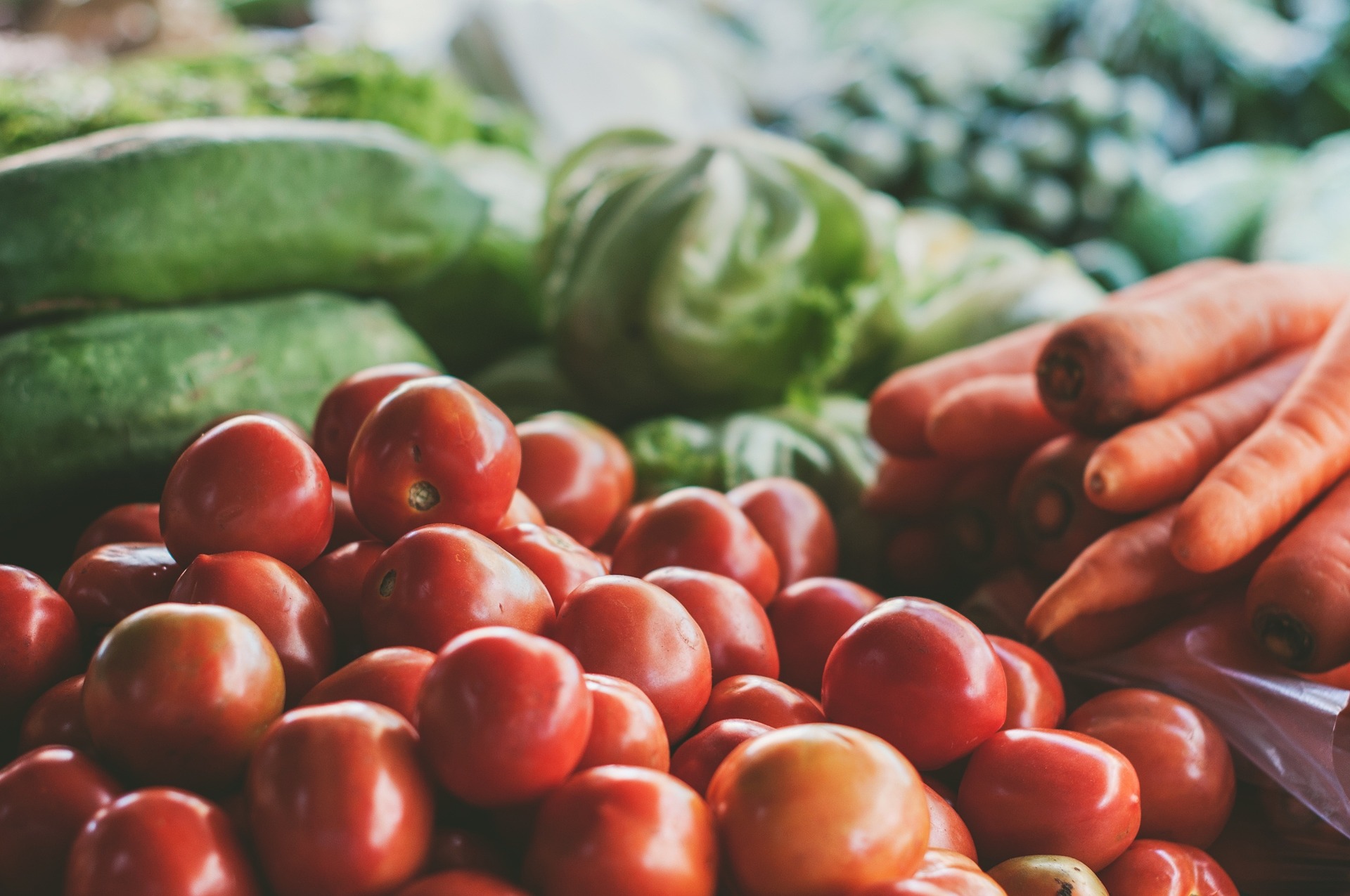Why do farmers use pesticides?
Pesticides are used, when required, to ensure that crops are healthy and safe for human consumption by keeping them free of diseases and pests. Their use also helps ensure the affordability of food by limiting food loss from pests, diseases and weeds.
What are MRLs?
MRLs are defined as the maximum concentration of pesticide residue likely to occur in or on food after the use of pesticides according to Good Agricultural Practice (GAP), i.e. when the pesticide has been applied in line with the product label recommendations. MRLs are not safety levels (although they must be set at a level considered safe), but legal trading limits, the main purpose of which is to allow food produce to be traded between countries. The MRL thus serves as a check that the crop protection product has been used correctly within the label recommendations.
Since 1st September 2008, and the introduction of Regulation 396/2005, MRLs have been harmonised across the whole of the EU. There are MRLs for every pesticide and food combination. Where a substantive MRL has not been set, a default level of 0.01 mg/kg (or 10 parts per billion) applies.
So how low a concentration of a pesticide do analysts have to test for in food?
Individual member states currently carry out analysis of fresh produce and food products in order to determine that MRLs are not exceeded. As a result of the latest MRL regulation, Member States analyse for pesticide residues down to a level of 0.01mg/kg. To put this into perspective, this is equivalent to one second in three years or one penny in a £1 million lottery win.
What are the current levels of pesticides in food in the UK?
The Pesticides Residues Committee is the official monitoring body in the UK for pesticide residues in food. In 2009 they tested over 3835 samples of food and drink, looking for up to 278 pesticides in each sample. No residues were detected in a majority (60.76%) of these samples. Full details can be found in the PRC's 2009 Annual Report which can be downloaded by clicking here.
Regulators of pesticides include the Food Standards Agency (FSA), the Chemical Regulation Directorate (CRD), the Advisory Committee on Pesticides (ACP), and the Pesticides Residues Committee. You can find more about these bodies and links to their websites on our useful links page.
